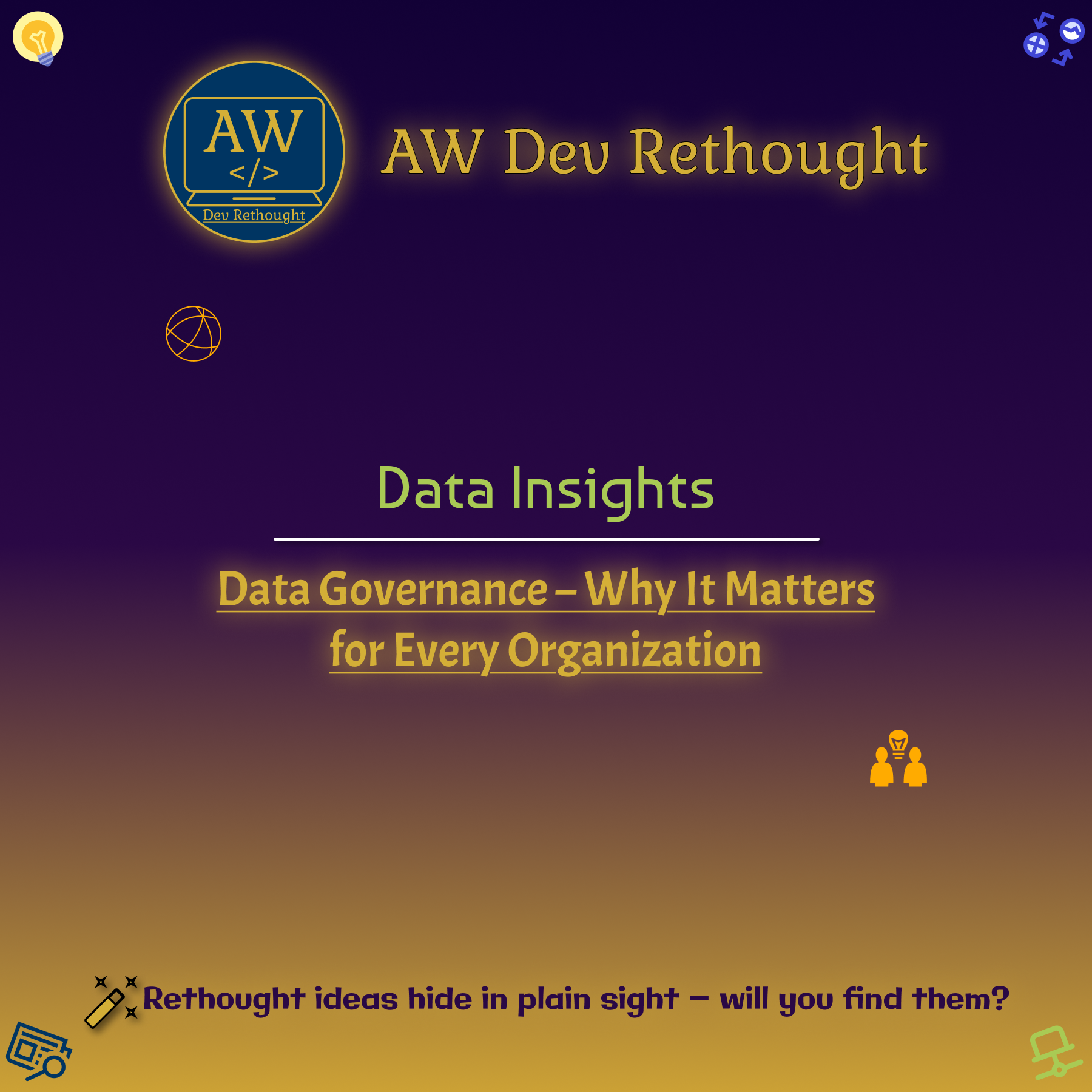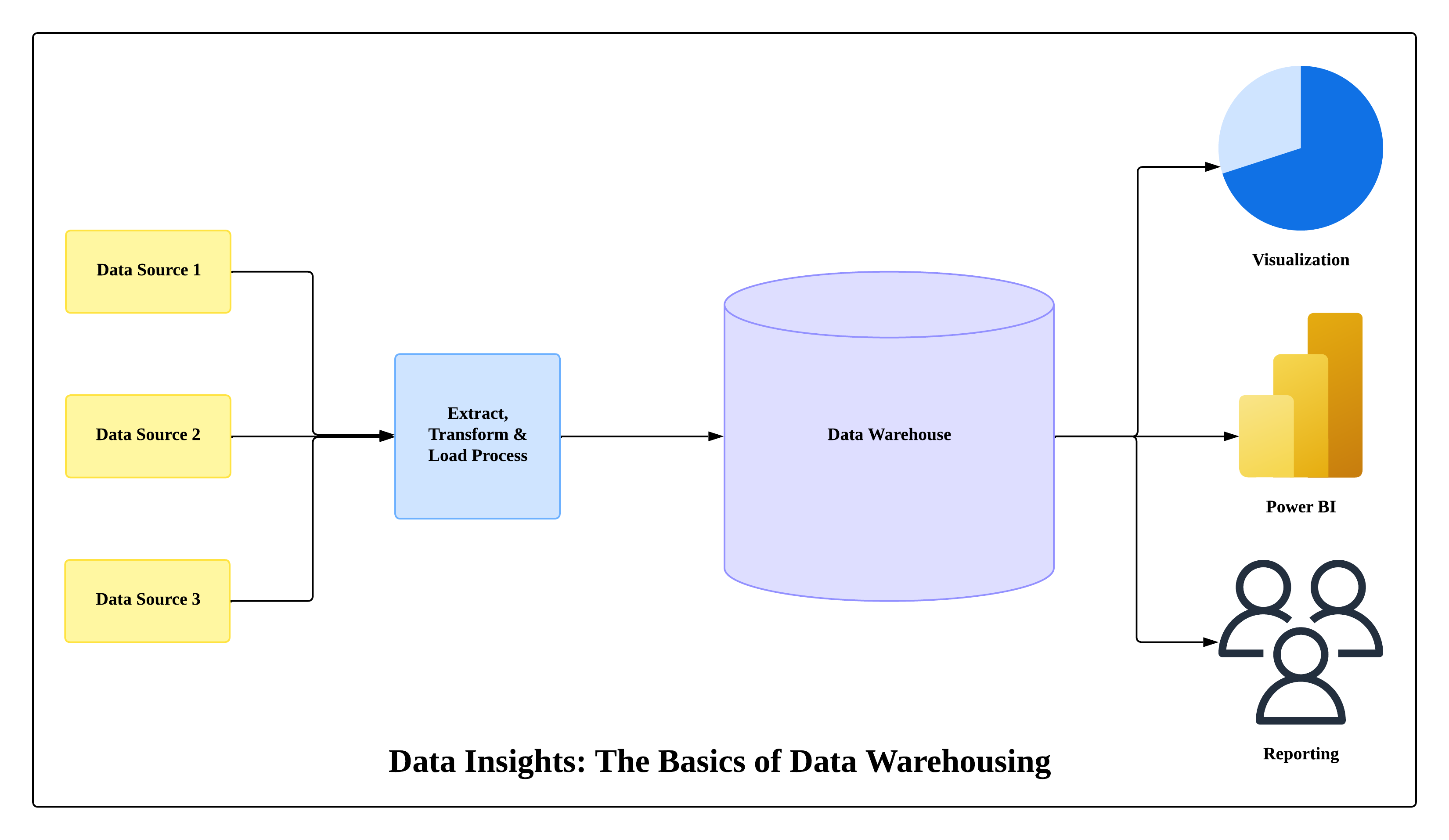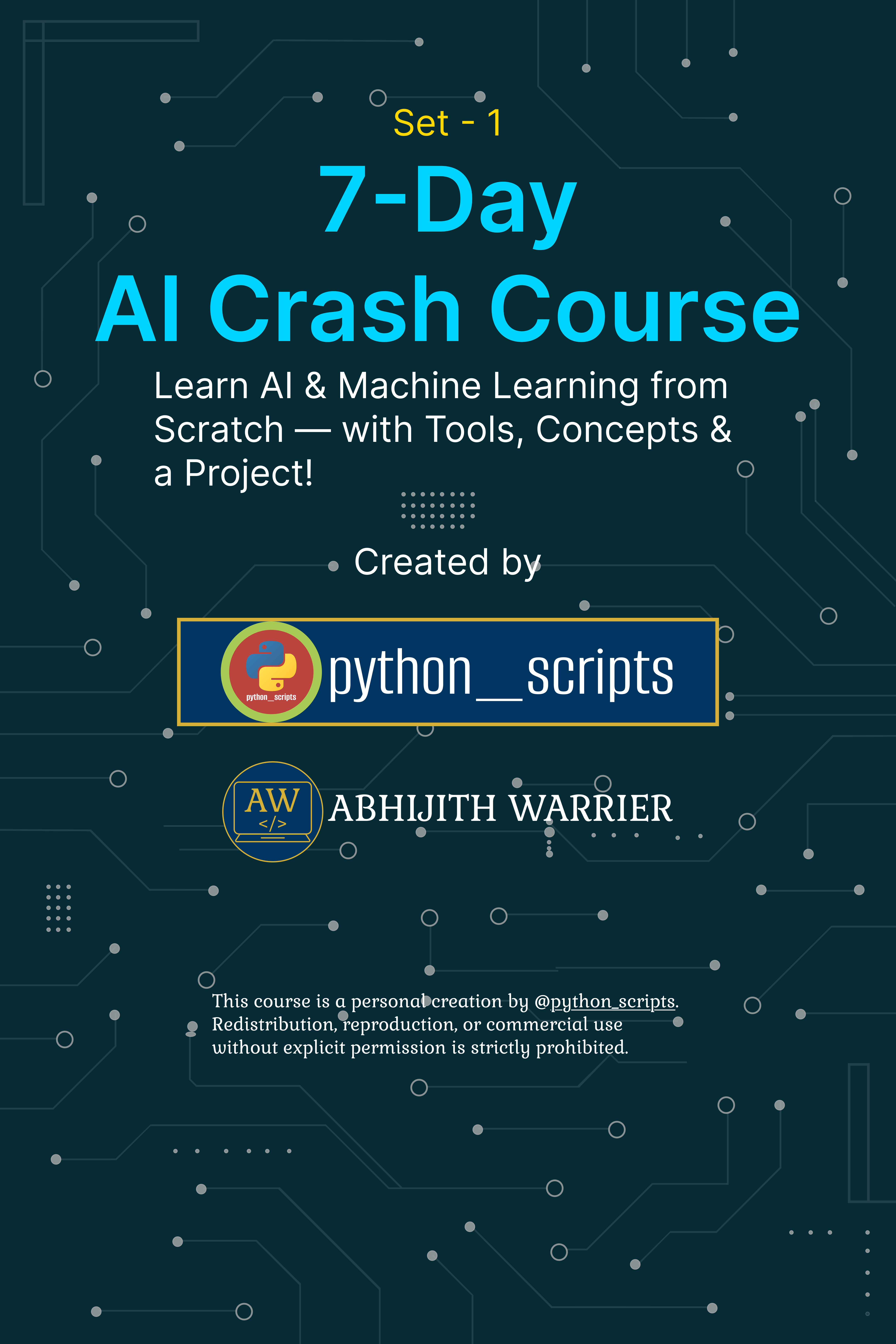Data Insights: Introduction to dbt (Data Build Tool) for Analytics
Posted On: October 18, 2025 | 3 min read | 1
Introduction
Modern data teams have evolved.
Gone are the days when analysts wrote endless SQL scripts in silos — now, data engineering and analytics are merging into one discipline: Analytics Engineering.
At the heart of this movement is dbt (Data Build Tool) — a command-line tool that enables analysts and engineers to transform data using SQL while applying software engineering best practices.
Whether you use Snowflake, BigQuery, Redshift, or Databricks, dbt empowers you to manage transformations in a structured, version-controlled, and automated way.
What Is dbt?
dbt is an open-source transformation tool that turns raw data into clean, tested, documented datasets for analysis.
It sits in your data warehouse layer, not as a database or visualization tool, but as the bridge that prepares data for insights.
Think of dbt as the “developer environment” for your SQL-based data transformations.
How dbt Works:
dbt follows the principle of ELT (Extract → Load → Transform) — it focuses purely on the Transform step.
The Core Workflow:
- Write models → SQL queries that define new datasets.
- Build dependencies → dbt automatically creates a DAG (Directed Acyclic Graph).
- Run transformations → Executes SQL models in the correct order.
- Test data quality → Built-in testing for nulls, uniqueness, or custom rules.
- Document your pipeline → Auto-generates beautiful documentation sites.
Key Features of dbt
| Feature | Description |
|---|---|
| SQL-based modeling | Write transformations in pure SQL — accessible for analysts. |
| Version control | Works seamlessly with Git for change tracking. |
| Data testing | Define tests in YAML — ensures trust in data. |
| Documentation | Auto-generates docs with model lineage. |
| Modularity | Reuse SQL snippets via macros and Jinja templating. |
| Orchestration-friendly | Integrates with Airflow, Prefect, Dagster, and dbt Cloud. |
Why Data Teams Love dbt
- Developer-like workflow: Version control, CI/CD, and documentation in one.
- End-to-end transparency: Every model’s lineage is visible in the DAG.
- Reproducibility: Anyone can re-run the same transformations anywhere.
- Collaboration: Analysts and engineers can work in the same repo.
- Community: One of the most active open-source communities in analytics.
Example: A Simple dbt Model
-- models/orders_summary.sql
SELECT
customer_id,
COUNT(order_id) AS total_orders,
SUM(amount) AS total_revenue
FROM {{ ref('raw_orders') }}
GROUP BY customer_id
Here:
- ref('raw_orders') tells dbt that this model depends on another model called raw_orders.
- dbt builds a dependency graph, ensuring transformations run in the right order.
dbt Cloud vs dbt Core
| Feature | dbt Core (Open Source) | dbt Cloud (Hosted) |
|---|---|---|
| Interface | CLI | Web UI |
| Scheduler | External tools | Built-in |
| Collaboration | Manual (Git) | Integrated |
| Cost | Free | Subscription-based |
When Should You Use dbt?
Use dbt when your data team:
- Already has a centralized data warehouse (e.g., Snowflake, BigQuery, Redshift).
- Wants to standardize transformation logic across analysts.
- Needs automated testing and documentation.
- Aims to follow software engineering principles in analytics.
If you’re writing repeated SQL scripts manually — dbt can automate and version them elegantly.
Conclusion
dbt has redefined how data teams manage transformations.
It bridges the gap between data engineering and analytics, enabling teams to work collaboratively, confidently, and transparently.
Whether you’re a data analyst exploring SQL automation or an engineer scaling a data platform, learning dbt is an investment in sustainable analytics engineering.




No comments yet. Be the first to comment!